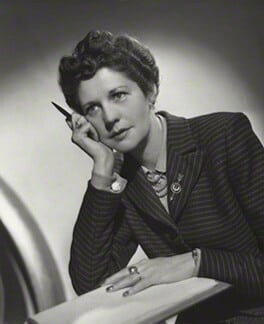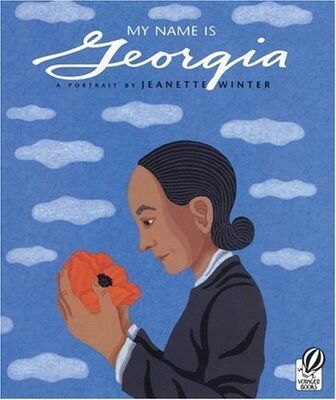
Alison Weir has publicly praised Norah Lofts and has also been a force in the republication of Lofts’ books. There is growing appreciation of this unheralded writer.
Lofts was a history teacher who became a prolific writer of mostly historical fiction and biographies, although she did write mysteries and other types of fiction as well. Her eye for detail and place and her use of book series offer writers an opportunity to learn from an expert in historical fiction.
Sir Walter Scott—the First Historical Novel Author
A genre first identified with Sir Walter Scott and “Waverley,” historical novels have received critical recognition in this century. Historical fiction is no longer considered middlebrow and beneath critical esteem. The 2014 Man Booker Prize was awarded to Richard Flanagan’s “Narrow Road to the Deep North,” and both of Hilary Mantel’s books about Thomas Cromwell received the Man Booker Prize as well. James Robertson’s books about Scotland have also earned critical acclaim.
Re-reading Scott’s first book can still move readers in our time because of its treatment of the protagonist, what he experiences, his evolution, and the difficult issues he wrestles with. Scott followed his initial success with many historical fiction novels, primarily to get out of debt. Then, as now, historical fiction gained a large following.
Norah Lofts and the Female 20th Century Historical Fiction Authors
Female authors of historical fiction dominated the genre during the 20th century, although their work varied in quality. Norah Lofts, Anya Seton, Mary Renault, and Eleanor Hibbert (who wrote as Victoria Holt and Jean Plaidy) made their own interpretations of history and its characters. Norah Lofts produced outstanding books focused on old houses and their histories. Her “The Suffolk Trilogy” stands out as historical fiction created about a place.
Alison Weir has particularly praised the “Suffolk Trilogy” as the best historical fiction she has ever read. She has also described the trilogy as “one continuous book” even though it is a set of three books published years apart. “The Town House” was published in 1959, the “House at Old Vine” in 1961, and “The House at Sunset” in 1962. Shifting viewpoints by showing the unfolding of time through different eyewitnesses/perspectives gives these books additional layers of meaning.
For a new talent interested writers can check out Sarah Gristwood’s first fictional work, “The Girl in the Mirror.” Alison Weir, on her website, has praised this book for setting “a new benchmark for historical novels.”



